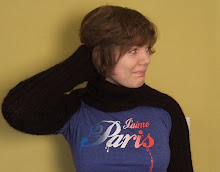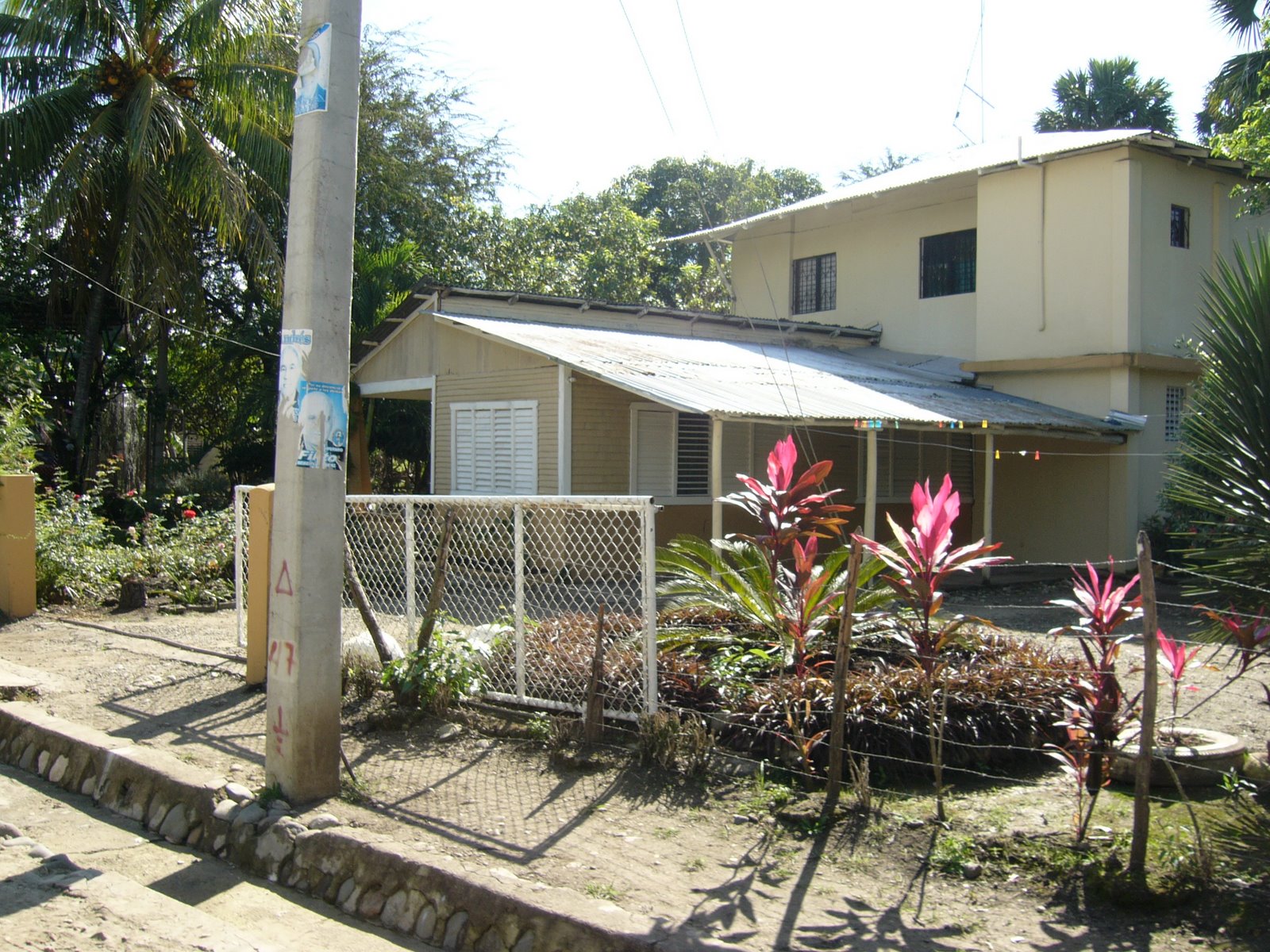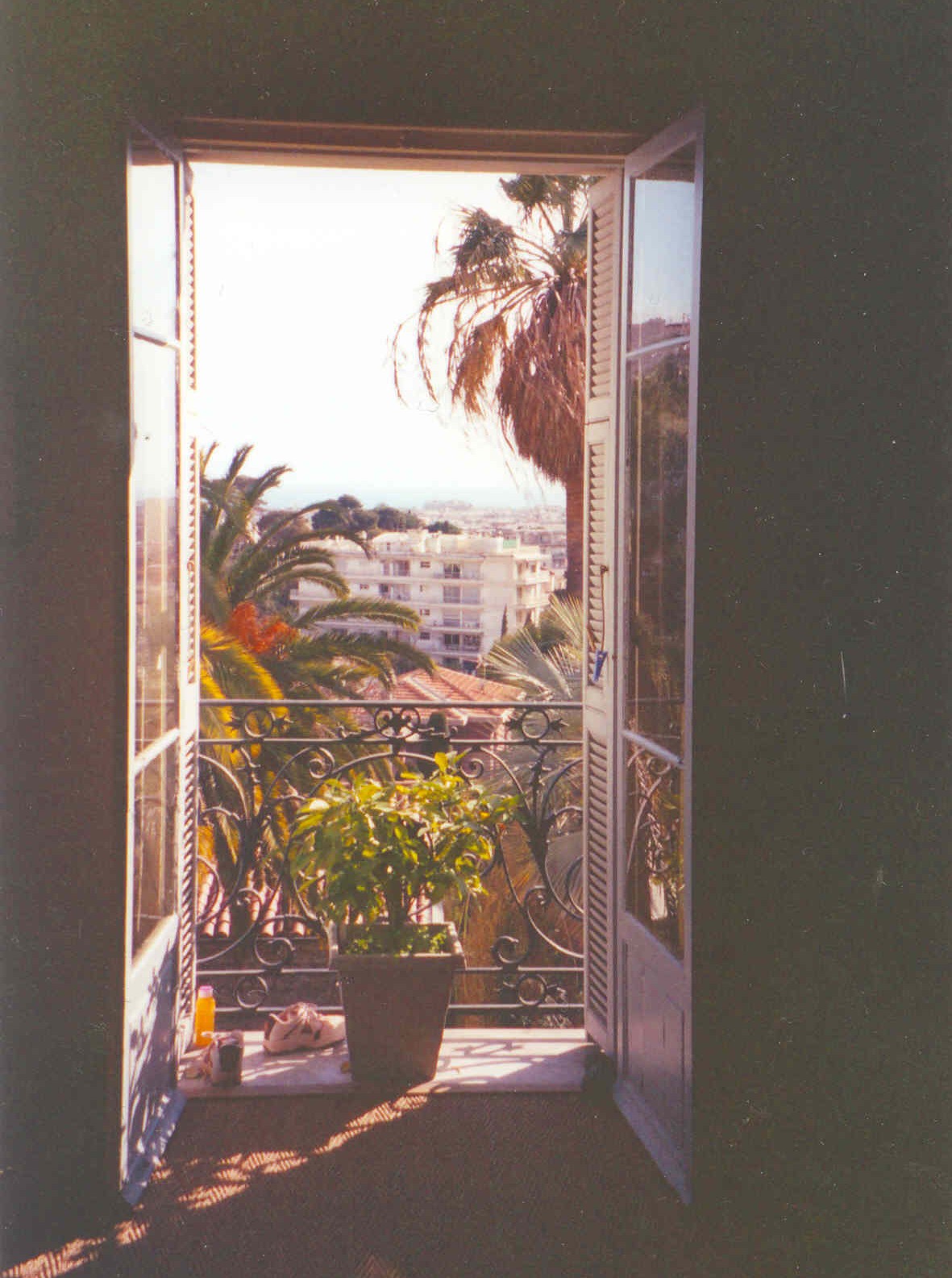It has been a strange year in books and reading, for me. It began as a year to start reading again – I read all of 10 books in
2011 – and then became a year to read a more ambitiously.
So I read some newer books, which I enjoyed, but which
frustrated me nonetheless. I read some older books, which
convinced me, finally, not to waste my time on new books just because I thought
I should – especially the 500-page ones. I enjoyed some shorter classics, and spent
summer (which was a very late season this year) with some fun, light reading. My overall reading trend transformed into the goal of reading books to dispose
of, mostly the used books I have collected from Title Wave Books. (I have too many
books for someone who isn’t settled in one place. I am also a firm believer in passing books on, unless they are particularly sentimental or beautiful editions.)
The ambition then broadened into a more general goal of reading more, and reading what I liked and what interested me. I was helped along with the release of a new Meg Cabot book (whose work I love, completely un-ironically, and with less and less embarrassment every year), a book that my grandfather loaned to me, and now, by that genre I have always enjoyed, the food memoir.
It's in my blood. My family is full of writers and cooks, chefs, bakers, and - this part is perhaps the most important - eaters. I would mainly refer to myself as a baker and an eater, but I love, love, love to cook, too. And I love reading about other people who feel the same way.
So when our friend, Kim, called my mom and said, "You should come to my friend's reading tonight at Powell's! And tell Grace to come, too!" and my mom told me and mentioned "blog" (The Wednesday Chef), "Berlin", and "food", I was in. (She also said, "we can get a drink together after", but I would have gone anyway.)
Luisa Weiss was (and I mean this in the best possible way) sweet, cute, and warm. Even from the podium she seemed to exude friendliness. And the section that she read, about Christmas in Berlin, made me feel warm and cozy and excited for impending fall, and, well, a little homesick for Europe. (Because Christmas in Prague was a pretty amazing and unforgettable experience.) So of course I bought her book, and, of course, I read it.
For me, the draw to this book was not just the bi- and multi-cultural experience, nor was it just the food and recipes. The draw for me was the decision-making that was at the core of this book.
Lately, to be frank, I have been pretty lost - maybe even stuck. I don't like to admit that to myself, for the same reason I don't like to say "Life is hard". Because, first world problems. Because I actually have it pretty easy - privileged, even. I am one extremely lucky person who has been given some wonderful opportunities and experiences and I don't really like to whine about things.
But the fact is that this life that I am currently living not the life I want. It's a life I wanted for a short time, but not for years. It's part of the life I want, but I'm beginning to realize that that part - the being in Portland part, the being close to my family part - is not a big enough part, if it is the whole of it.
So, of late, I have begun to ask myself what I want. I have been toying with the idea of finding out what there could be for me in the Netherlands, wondering if this isn't the right time for me to move to Prague and learn Czech, and questioning whether I actually can make the life I want here, in Portland. Because although the latter is my first choice, I have been working on it for two years, and gotten nowhere. I have begun to ask myself whether I won't look back on these years and wish I had spent them differently.
So My Berlin Kitchen was attractive to me because I thought it might contain some kind of answer, or - better even - the right questions.
Luisa was born in Berlin to an American father and an Italian mother, and spent most of her childhood and adolescence going back and forth between Boston and Berlin. Then she spent a year in Paris after college and then she moved to New York and worked in publishing, because jobs were easy to find (admittedly, I have a hard time relating to that part).
At some point, after building a life for herself in New York, she starts to question it.
I wouldn't give this book a general recommendation - I think there are a lot of people who wouldn't enjoy it. But I certainly recommend it to anybody who experiences the cross-cultural identity crisis, or questions their place. It's more than an expat story; it's a story of the self, which I find very interesting.
And - it has recipes! Some of which I can't wait to try (swiss chard and Gruyere Panade, pflaumenmus, pickled herring salad with potatoes and beets, Hannchen Jansen [maybe one day!], and ragu). It's definitely worth buying for the recipes.
As far as keeping this book goes, it'll be on my shelf for a while. It's such a pretty book.
And as for my life, well, I still have a long way to go. But hey, Luisa is ten years older than me, and yes, reading her story did help me out. A lot. Not with answers. But at least now I have questions, and not just question marks.




